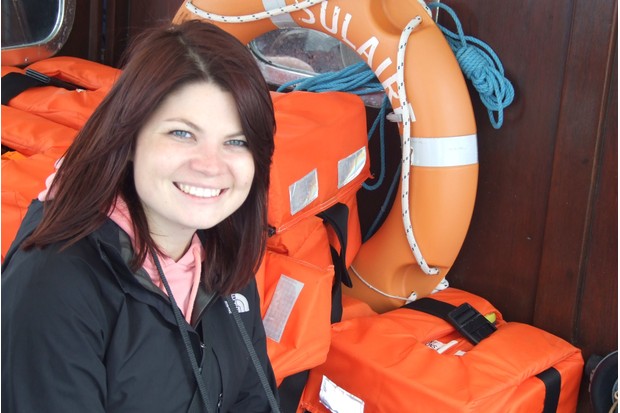Photos of underweight polar bears taken on the archipelago of Svalbard this year and circulated on social media do not relate to a lack of sea-ice resulting from climate change, according to a leading bear scientist.
Jon Aars, of the Norwegian Polar Institute (NPI), said that sea-ice formed early in the autumn of 2014 and melted late in the summer of this year, resulting in a good year’s feeding for Svalbard’s bears.
The NPI found that many females with cubs were in good condition in both the spring and August of this year.
Commenting on one image of a very thin bear, Aars said: “This was taken at a time when there was sea-ice, which is what bears need to catch seals, so it is likely that it is either old or ill and that is why it was starving.”
However, Aars added that, in general, modelling predicts that Svalbard will be “a less optimal place for polar bears” over the next few decades.
Some researchers believe climate change may not be bad news for polar bears. Dr Robert Rockwell studies the ecology of Western Hudson Bay in North America, and he believes there may be sufficient terrestrial food to host a polar bear population that is stranded on land for long periods of the year.
“Analysis of polar bear scats and first-hand observations have shown us that polar bears are eating plants and animals during the ice-free period,” Rockwell wrote in a recent study.
But Aars said there is not much data on polar bears taking caribou, and that they will need to compete with other predators that are better adapted to catching terrestrial prey if the environment changes.
“I believe polar bears will have a hard time if sea-ice is reduced above some critical threshold,” he said.
